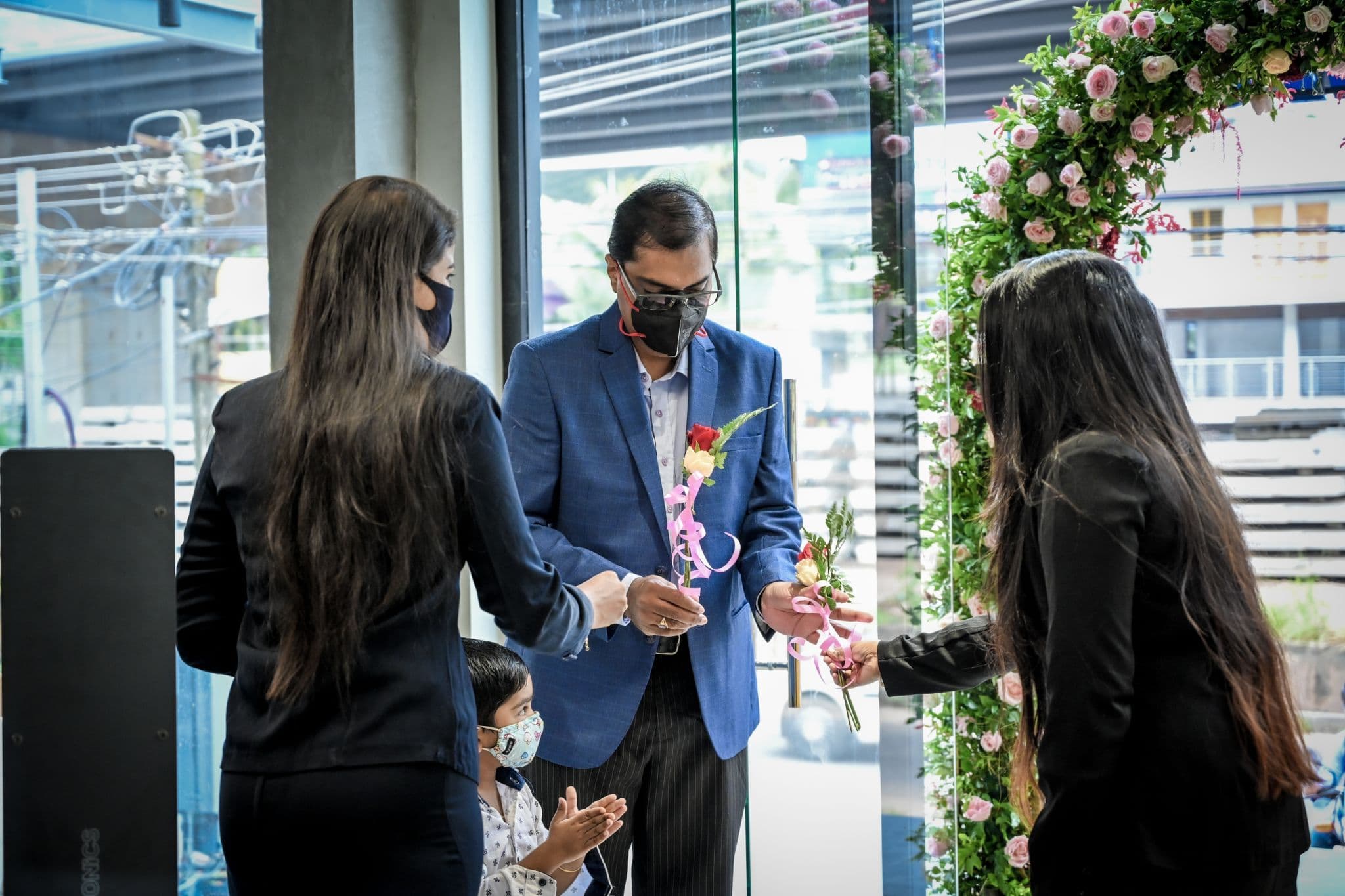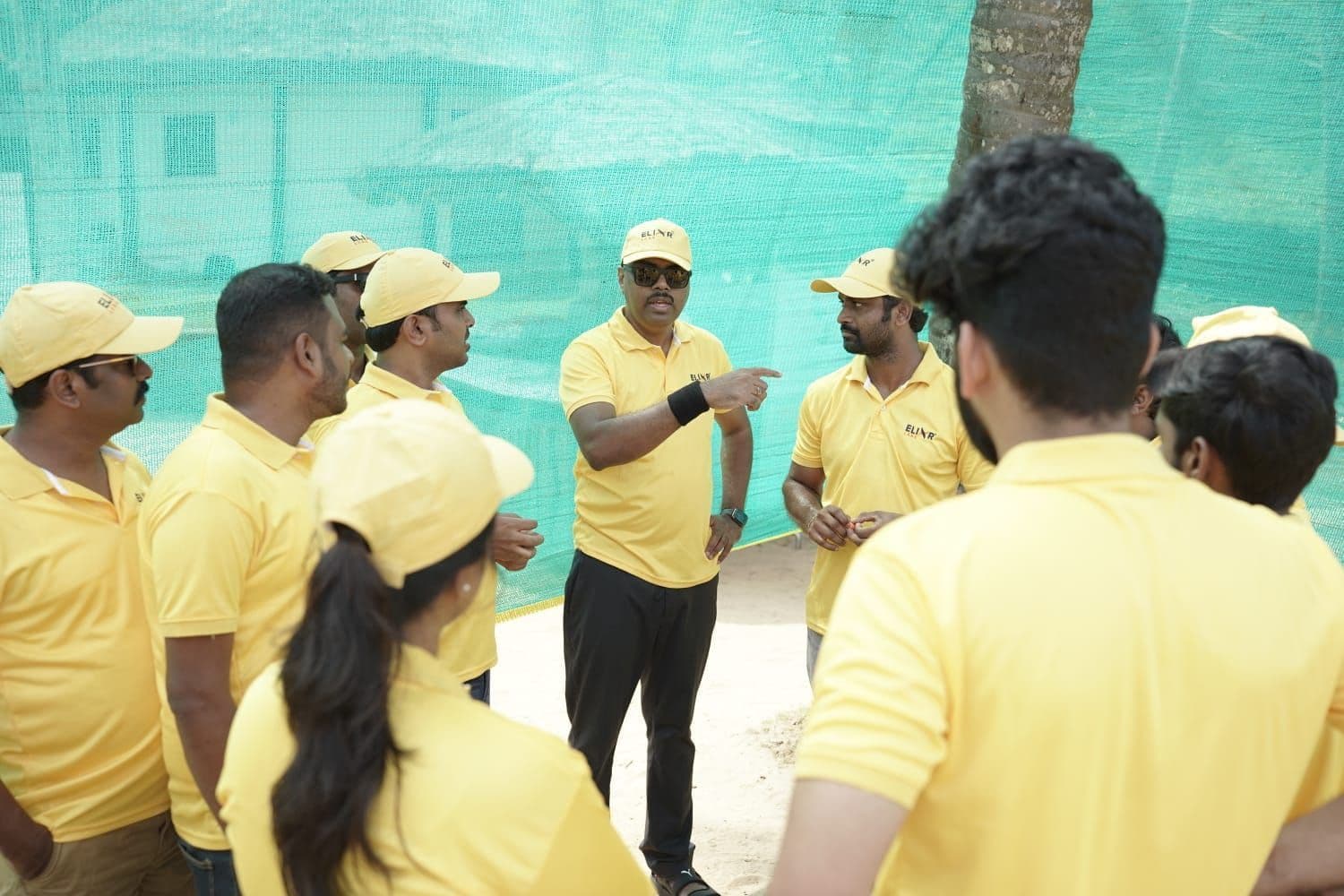
What if I told you that some of the smartest leaders in Big 4 firms have a secret weapon—and it’s not just years of experience or fancy degrees? It’s something unexpected: reverse mentorship.
In a time of rapid innovation and growth, being a great leader isn’t about knowing everything—it’s about learning from everyone. Younger employees bring fresh ideas, tech-savvy skills, and a new perspective that senior leaders can tap into. Meanwhile, experienced professionals offer wisdom, strategy, and guidance.
When both come together, they drive innovation, help companies grow, and create positive change. And leadership transforms into something far more powerful.
So, why aren’t more leaders talking about this? Maybe because the best ones already know: that learning never stops, no matter your title.
Why Reverse Mentorship Matters
Working with both big companies and startups, I’ve seen that big companies mix experience with fresh ideas. Older employees bring deep knowledge, while younger ones are great with technology.
The key challenge for leaders: helping people of all ages collaborate, share ideas, and create something better together. How can they do it?
The answer is reverse mentorship—where younger employees teach senior leaders about technology, new work trends, and fresh ideas. Instead of only older people teaching, both sides learn from each other.
How to Make Reverse Mentorship Work
Workplaces need both young and experienced minds, but blending them is hard. Reverse mentorship helps by creating a space for learning and teamwork, allowing fresh ideas and deep knowledge to come together for better results. Here’s how.
1. Collaborative Projects: Blending Experience with Innovation
A great way to use reverse mentorship is by teaming up with younger and older employees on important projects. Young employees bring new ideas, tech skills, and knowledge about today’s customers. Older employees share their experiences, smart planning, and lessons from the past. Together, they make a strong team.
This teamwork can create amazing new ideas. Many businesses improve marketing by combining young employees' social media trends with older leaders' branding experience, creating a balanced and effective approach.
2. Learning Pods: Small Groups with Big Impact
Reverse mentorship doesn’t have to be a strict program. Instead, small mixed-age groups can come together to share ideas. They can meet often to talk about changes at work, new trends, and the latest technology. This helps everyone learn from each other.
Imagine a senior boss learning about TikTok from a young employee while also teaching them how to negotiate deals. Both learn something valuable, making the workplace a better place for everyone.
3. Storytelling Wins: Celebrating Mentorship Success Stories
One big challenge in reverse mentorship is doubt. Older leaders may not want to learn from younger employees, and younger ones might be shy to share their ideas. The best way to fix this? Sharing stories.
When companies share real stories of reverse mentorship, it can inspire others. Showing how leaders learn from younger employees builds trust and confidence. It proves that learning isn’t about age—it’s about being open to new ideas.
The Age Gap Challenge in Leadership
Handling different age groups at work can be tricky. People may struggle to communicate, work differently, or resist new technology. But the goal is to bring everyone together without stopping creativity.
Instead of seeing age differences as problems, companies should see them as opportunities to learn. Reverse mentorship helps everyone feel included and allows businesses to share experiences and new ideas.
Beyond the Big 4: Reverse Mentorship for Every Industry
Reverse mentorship is becoming popular in big companies, but it’s valuable everywhere. Small businesses, schools, and organizations of all kinds can use it to create a culture of learning. When employees, no matter their age, share their knowledge, workplaces become more innovative and successful.
A smart way for companies to grow is through reverse mentorship. Young employees offer new technology skills, while senior leaders share their experience. Together, they create powerful results.
The best leaders know the difference between thinking they know everything and continuously updating themselves for upcoming changes. They always try to learn from the people around them, regardless of age. When team members work together and share their knowledge, the organization can grow into a more creative and successful space.
Leadership means staying open to learning from everyone—including younger colleagues. They see things differently and might teach you something valuable! What’s one new idea or skill you can pick up from them today?

Banyan: Optimizing Hospital Communication for Improved Patient Safety

Product Culture Vs. Company Culture: What Drives Innovation in Healthcare?

Taking the Leap: Overcoming Fear to Build My Own Business
